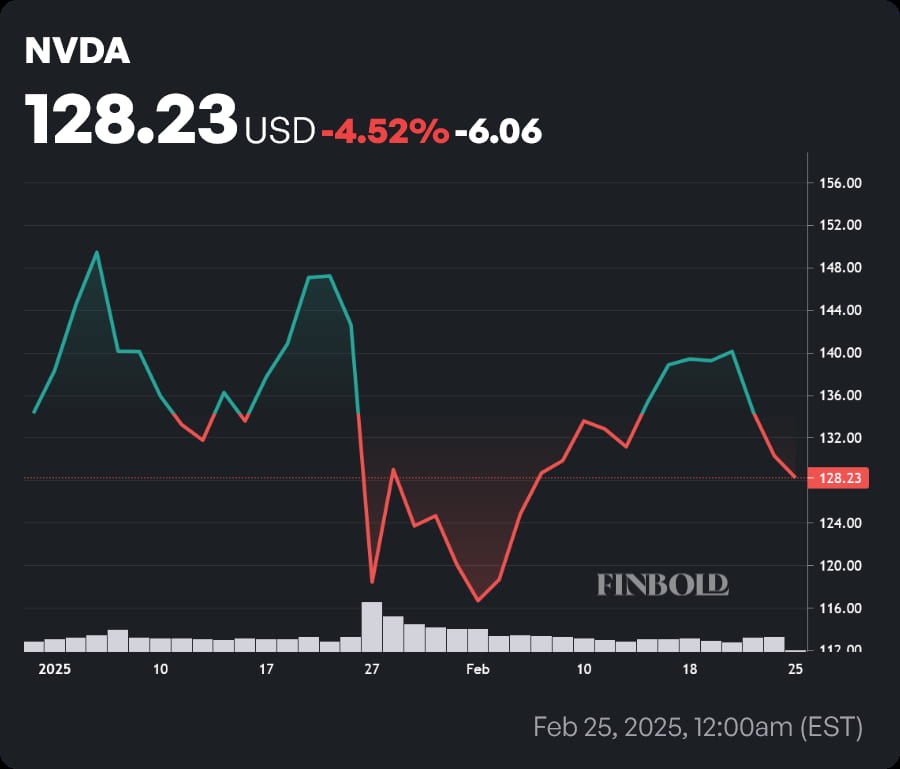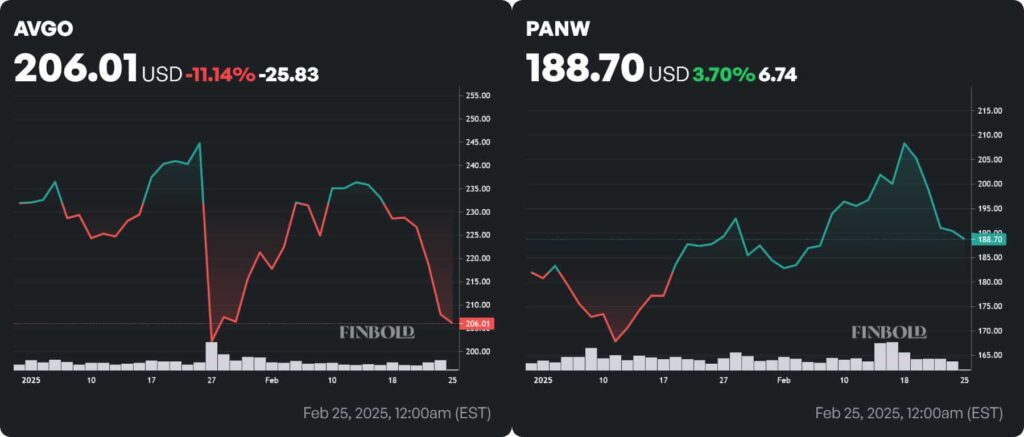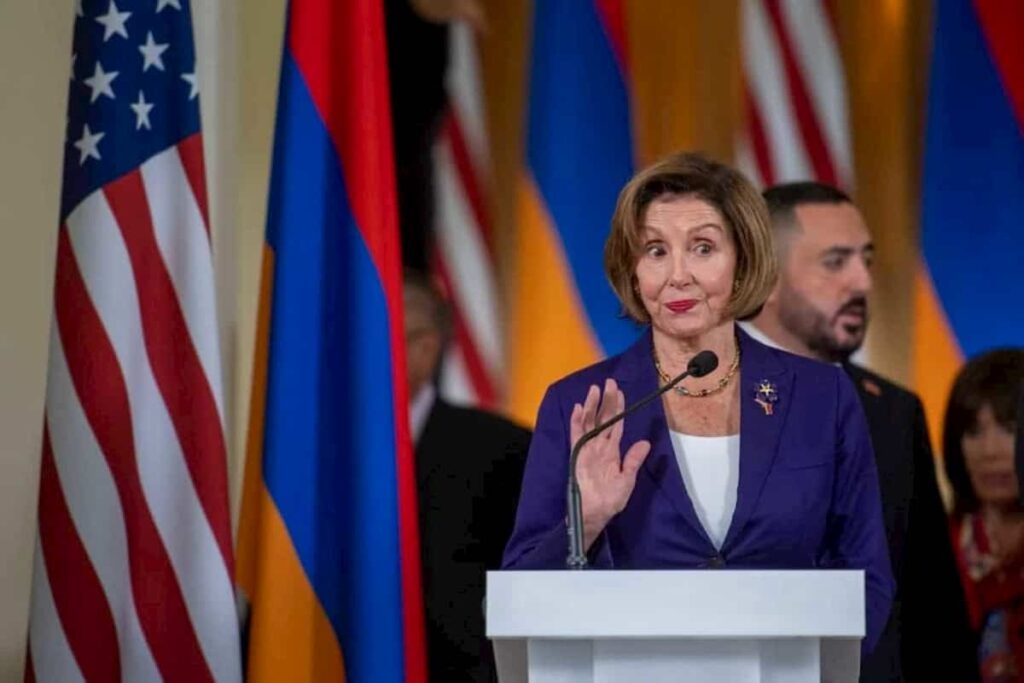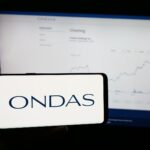Senators and congresspeople tend to secure much greater returns in the financial markets than their constituents do. Between a general informational edge, as well as access to potentially market-moving information through their committee assignments, this comes as little surprise.
That is not to say that results are even across the board. Marjorie Taylor Greene, for instance, had a prolonged period of negative returns in 2024, which at times even led to calls for an ‘Inverse Marjorie’ trading strategy.
One politician stands in a league of her own. Although she hasn’t always been the most successful trader on Capitol Hill, Nancy Pelosi, the Representative of California’s 11th congressional district, has a long track record of beating the markets. Last year, her portfolio secured a 146.2% return.
Receive Signals on US Senators' Stock Trades
Stay up-to-date on the trading activity of US Senators. The signal triggers based on updates from the Senate disclosure reports, notifying you of their latest stock transactions.
The former Speaker of the House tends to invest in big tech — what’s more, she doesn’t chase short-term trends, opting instead to adopt a buy-and-hold approach.
Interestingly enough, going long on Pelosi’s largest stock holdings at the start of 2025 would not have secured the outsized gains we’ve come to expect for investors. Here is how much a $1,000 investment, split evenly between three of the congresswoman’s biggest bets, would be worth as of late February.
Nancy Pelosi’s semiconductor investments have accrued an average loss of 4%
While all of Nancy Pelosi’s trades tend to involve rather large sums, her investments in three leading semiconductor companies — Nvidia, Broadcom, and Palo Alto Networks, stand apart in terms of magnitude.
As successful as she has been in general, even Pelosi isn’t immune to drawdowns, challenging macro factors, or simple market corrections.
Since the start of the year, the price of Nvidia stock (NASDAQ: NVDA) has decreased by 4.52%, down to $128.23 at press time. Despite a string of standout quarterly reports, worries surrounding high artificial intelligence capital expenditures arose after the overnight success of Chinese AI model DeepSeek.
With that being said, much like Nancy Pelosi herself, Wall Street are still quite bullish. NVDA stock which potentially see an appreciable move to the upside following the chipmaker’s earnings call after market close on Wednesday, February 26.

The release of DeepSeek didn’t spare Broadcom stock (NASDAQ: AVGO) either. Between January 1 and February 25, AVGO shares experienced an 11.14% drop in price. Equity researchers generally maintain a bullish posture when it comes to Broadcom, although price targets have been revised downward to account for the recent development.
In fact, out of Nancy Pelosi’s biggest bets, only Palo Alto Networks stock (NASDAQ: PANW) is in the green on a year-to-date (YTD) basis, having marked a 3.70% rally. However, PANW shares have been on a downward trajectory as of late — the latest earnings call’s double beat being overshadowed by weaker-than-expected guidance.

Equally divided, a $1,000 investment in Nancy Pelosi’s favorite semiconductor stocks would have netted a negative 3.99% return. In other words, that same investment would be worth $960 — equating to a $40 loss.
Featured image via Shutterstock









